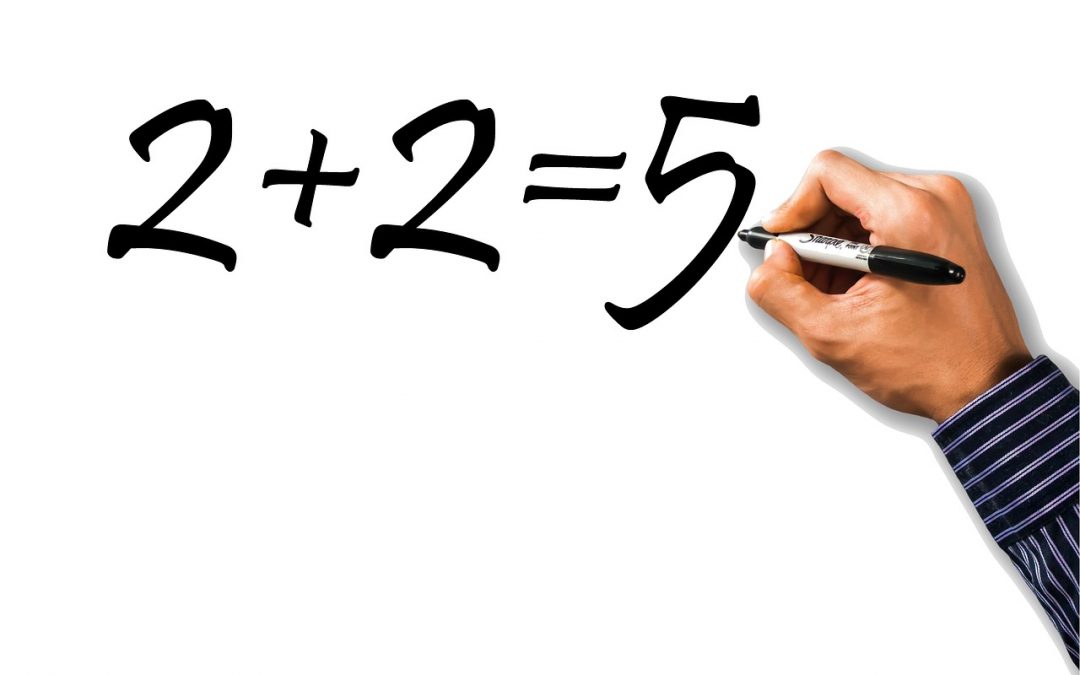I’m going to start off the new year with a story.
In 2023 I was invited to be a guest speaker at Trine University and ended up presenting information to a class in October and was invited back to be on the judges panel for the students final project. The students had been divided into 4 groups and each group was a make believe advertising agency. The judges were to evaluate each group including asking questions as if we were the company that was looking to hire one of these four ad agencies.
Students were given certain guidelines and requirements and along with the judges, Professor Snider was going to be grading their final project.
When it came time for me to ask the students a question, I asked the first three groups to explain the Return On Investment that I (as the business owner) would receive on their plan. This was kind of a trick question. Each of those groups promised a dollar amount in sales volume. But here’s why that was a trick question and why I didn’t ask that question to the 4th group.
The last group’s presentation started off with a keen understanding of the big picture goal and while they gave us specifics of how they were going to spend the money, they also created and shared a bigger picture plan that didn’t need to be justified in short term sales revenue.
The problem with justifying most advertising and marketing expenditures is that it’s simple impossible to accurately track even digital ads.
Readers of my Sound ADvice newsletter got a perspective recently on ROI that went like this:
In normal day life, the meaning of “cause vs effect” is fairly simple. It’s the relationship between two things when one thing makes something else happen. For example, if we eat too much and do not exercise, we gain weight. Eating too much without exercise is the “cause”, and weight gain is the “effect”.
When it comes to advertising, it isn’t quite as simple, or is it?
The quest to measure advertising’s ROI (Return on Investment) and what was and wasn’t successful has been going on ever since the late 1800s when department store magnate John Wanamaker said, “I know half of the money I spend on advertising is wasted; the trouble is, I don’t know which half.”
Over the years, businesses have put coupons in their newspaper ads, Yellow Pages and magazines have issued separate “traceable” phone numbers, and some misguided radio and TV stations have run ads that said, “Say you heard it here”, to prove the advertiser was getting a return on investment.
In the late 1990s, it was the dot com kids in Silicon Valley who made millions capitalizing on marketers’ thirst for measurable advertising results, promising measurable click-throughs and responses.
But online marketing expert, Ari Rosenberg, wisely says that online media taking credit for consumers’ actions is “like taking credit for the sale of coffee because you work the cash register at Starbucks.”
Human action is always preceded by a complex chain of influences that take place over time, long before action is actually taken. Before any action or purchase, our minds travel from unawareness of a product to awareness, from awareness to interest, from interest to liking, from liking to preference, and on to finally actually taking action.
The dangerous and underestimated irony in this process is that the closer we get to measurable action or response, the less opportunity marketers have to influence or change that action.
Marketing and business consultants agree, “Once the consumer has clicked on the Ford truck website or has their checkbook out to buy the Ford truck, it is difficult to persuade them that the Chevy might be a better truck.”
Our problem is that consumers don’t really know why they do the things they do, so the last point of contact, a Google search for a product or service, or a search for a specific business website, receives credit for the purchase decision. Again, it’s like giving the person at Starbucks’ cash register credit for the coffee sale.
There is an old saying, “The game never changes, only the names of the players.”
The marketing game really has not changed since Wanamaker’s famous quote, only the names of the media available to advertisers have changed. But it is a chain of players and platforms during the game that results in a goal. And the player that scores that goal could not have done it without the other players on the team.
If you would like to discuss how to build a marketing chain that covers the entire decision-making process from pre-awareness to measurable results, contact me.
Send me an email to start getting your weekly copy of my Sound ADvice newsletter. My email is Scott@WOWO.com

